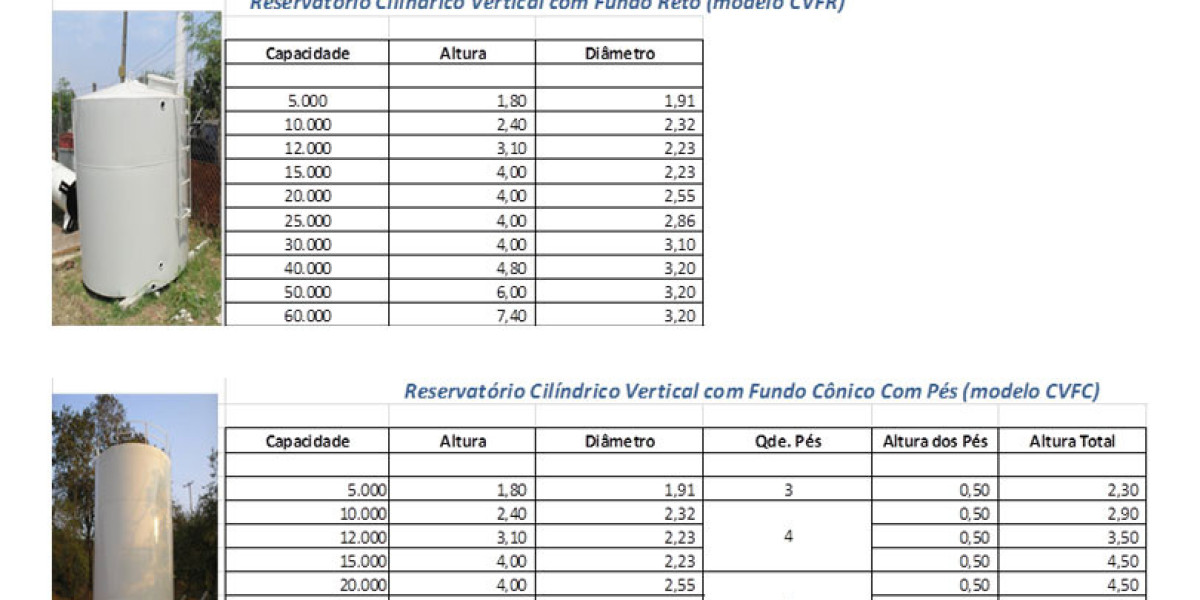The economic crisis which swept Asia led to a major rethinking of the traditional system of government, business alliances, and public management of risk. In Korea this required a change in the development model.
 In a controversial decision, the South Korean government has asked textbooks publishers to ignore calls for removing examples of evolution from high school science texts. This includes evidence for the evolution of horses and of the avian ancestor Archaeopteryx.
In a controversial decision, the South Korean government has asked textbooks publishers to ignore calls for removing examples of evolution from high school science texts. This includes evidence for the evolution of horses and of the avian ancestor Archaeopteryx.1. Evolution and Religion
A South Korean creationist group has pushed textbook publishers to eliminate evidence of evolution from high-school science texts. The Society for Textbook Revise, an independent branch of the Korea Association for Creation Research which aims to rid biology textbooks of "atheist materialism," was behind the move. The STR claims that this kind of materialistic views create a negative image for students, and could lead to their eventual loss of faith.
Scientists from all over the world expressed worry when the STR campaign was featured in the news. Jae Choe, an evolutionary biologist at Ewha Womans University, Seoul and wrote an open letter to Nature's editor that South Korea had succumbed to religious prejudice. He was supported by colleagues across the country, who formed a group called Evolution Korea to organize a petition against the textbook changes.
Some researchers are concerned that the STR will expand to other parts of the world, where creationism has been increasing. The letter to Nature warned of the anti-evolution campaign increasing pressure on textbook revisions, especially in countries with large Christian and Muslim population.
South Korea has a particularly significant cultural context for the debate on evolution. Twenty-six percent of the country's citizens belong to one of the religious groups and the majority adhere to Christianity or Buddhism. In addition, many Koreans adhere to the Ch'ondogyo philosophy, which is based on Confucian principles that emphasizes social harmony and personal self-cultivation. Ch'ondogyo is a belief system that teaches that humans are one with Hanulnim the God of the Sun, and that the heavenly blessings can be obtained through the good deeds of a person.
All of this has made creationism fertile ground. A number of studies have demonstrated that students with religion-based backgrounds are more hesitant when learning about evolution than those who do not have a religious background. The causes behind this are not clear. One possible explanation is that students who have religious backgrounds tend to be as well-versed in scientific theories and concepts which makes them more susceptible to the influence of creationists. Another factor could be that students with religious backgrounds might view evolution as a belief system that is not a religion, which makes them feel less comfortable.
2. Evolution and Science
In recent years, anti-evolution campaigns in schools have caused concern among the scientific community. A survey conducted in 2009 revealed that nearly 40% of Americans believed that biological evolution was wrong and that it would conflict their religious beliefs. Many scientists believe that, despite the fact that creationism has been successful, the best way to counter this belief is to educate the public about the evidence for evolution.
Scientists are accountable for teaching their students science that includes the theory of evolution. They also need to inform the public about the scientific process, and how scientific knowledge is gathered and confirmed. They should also explain how scientific theories are frequently challenged and revised. However, misconceptions about the nature and purpose of research can fuel anti-evolution views.
Many people mistake the term "theory" as a hunch or guess. In the field of science, however, the hypothesis is tested thoroughly and empirical evidence is used to verify it. A theory that is able to withstand repeated testing and observation becomes an established scientific principle.
The debate about the theory of evolution is a wonderful opportunity to discuss both the importance of scientific methodology and its limits. It is essential that people understand that science does not answer questions about life's purpose or meaning, but instead provides a mechanism for living things to evolve and evolve.
A well-rounded education must include exposure to the major fields of science including evolutionary biology. This is essential because a variety of jobs and choices require people know how science operates.
The vast majority of scientists around the world agree that humans have evolved through time. A recent study that predicted adults' views of the consensus on this subject found that those with higher levels of education and science knowledge were more likely to believe there is a consensus between scientists regarding human evolution. People with a higher level of religious belief but less scientific knowledge tend to disagree more. It is crucial that teachers insist on the importance of understanding the consensus on this issue, so that people have a solid basis for making informed choices about their health care, energy usage and other issues of policy.
3. Evolution and Culture
Cultural evolution is a close cousin of the popular evolutionary theory. It examines how organisms like humans learn from one another. Researchers in this area use elaborate tools and investigative models derived from evolutionary theorists and reach back to human prehistory to find the origins of culture.
This approach also recognizes the distinction between biological and cultural traits. While biological traits are largely inherited all at once (in sexual species, during fertilization), cultural traits can be acquired over a protracted period of time. As a result, the emergence of one cultural characteristic can affect the development of another.
In Korea For instance, the adoption of Western fashion elements in the latter half of the 19th and early 20th century was a result of a variety of events. One of the most significant was the arrival in Korea of Japanese occupation forces who introduced Western clothing and hairstyles.
When Japan departed Korea in the 1930s, a few of those trends began to reverse. At the end of World War II, Korea was united once more, this time under Choson dynasty rule.
Today, Korea is an economic and political power. Despite the current global financial crisis, the economy of Korea has grown consistently over the past decade and is poised to continue its healthy growth in the future.
The current government is facing a variety of challenges. One of the most significant is its inability to develop a coherent policy to tackle the economic crisis. The crisis has exposed the weaknesses in the country's policies, especially its over-reliance on foreign investment and exports that may not last.
The crisis has shaken the confidence of investors, the government has to review its economic strategy and find alternatives to increase domestic demand. To ensure a stable and stable financial environment, the government will have to overhaul its incentive, monitoring and discipline systems. This chapter provides a variety of scenarios of how the Korean economy might develop in the post-crisis period.
4. Evolution and Education
The biggest challenge for evolution educators is how to present evolutionary concepts in a way that is suitable for students at various age groups and developmental stages. Teachers, for instance, must be sensitive to the religious diversity of their classrooms and create a space where students with both religious and secular beliefs feel comfortable in learning about evolution. Moreover, teachers need to be aware of the most common misconceptions about evolution and how to deal with these in their classrooms. Teachers should also have quick access to the many resources available to teach evolution.
In this regard, the Thinking Evolutionarily Convocation was a crucial step towards bringing evolutionary scientists and educators from a range of fields to discuss best methods for teaching evolution. Participants included representatives from scientific societies, educational research, officials of government funding agencies as well as curriculum developers. The convergence of these diverse stakeholders resulted in a consensus set of recommendations that will form the foundation for future actions.
It is crucial to include evolution in all science curricula, at every level. To achieve this goal it is recommended that the National Science Education Standards (NRC) call for evolution to be taught in a unified manner across all sciences with a progression of concepts that are developmental appropriate. A new publication from NRC provides guidance to schools about how to integrate evolution in the life science curriculum.
A number of studies have demonstrated that a more thorough teaching of evolution is associated with more knowledge and belief in the concept of evolution. It is difficult to estimate the causality of teaching in the classroom because school curricula do not change randomly and are affected by the timing of state boards of education and the gubernatorial election. To overcome this problem, i use a longitudinal data set that gives me to control the fixed effects of state and years and individual-level variations in teacher beliefs about evolutionary theory.
Teachers who are more comfortable in teaching evolution have fewer internal barriers. This is in line with the hypothesis that faculty who are more confident are less likely to be hesitant about questions about evolution in the classroom, and may be more likely to employ strategies such as a reconciliatory approach which is used to increase the students' understanding of evolution.








